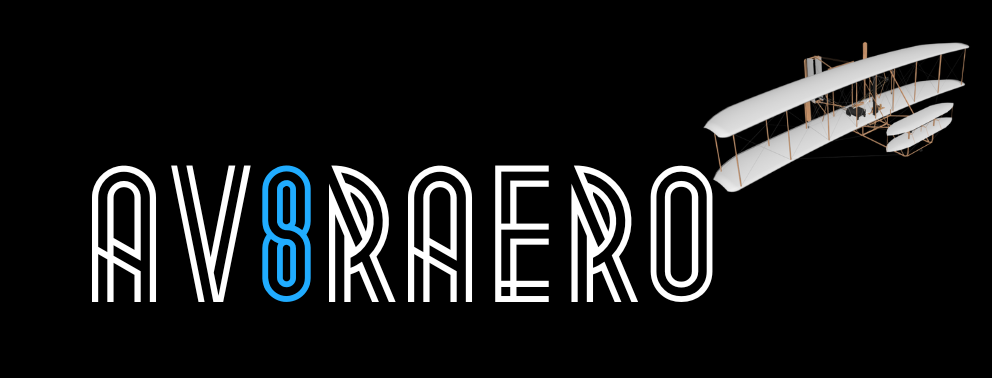Notes on Instructing and Learning
What comes to mind when you think of 'good instruction?'
Instruction basically means to direct or help acquire a skill or help ‘do’ something.
Good instruction is about providing steps on ‘how to do’ something in the simplest but most effective manner. Ultimately the test of good instruction is how quickly a learner can acquire the skill being taught and how effectively that Individual can demonstrate gained proficiency.
What were your most profound (positive or negative) learning experiences?
The one experience that comes to my mind is my flight training experience.
My instructor was an individual who learned to fly in Hawaii, in times when flying was not as regulated or complicated. Making learning a fun experience was his primary goal. He deeply believed that when you enjoy something, you learn faster. He also grew up in aircraft that were basic. Hence his stick and rudder skills were so much more effective. He was a natural at flying. More than all the theory he provided me (which I got from my textbooks also), his attitude towards flying and instructing struck me as most powerful. I went from zero to solo in 20 days. He would wake up early so that I could fly early mornings before I got to work. We flew every morning at 5:30a or 6a. He would demonstrate how every runway, however short, was long enough if the proper technique was applied.
I got my PPL. However, I took away more about attitude and instruction from him, than simply flying skills.
How does it feel to teach someone how to do something?
I have always had a passion to explain concepts, events, machines, and weather phenomena to those interested in it. I have a natural ‘coaching’ style when it comes to building teams at work. I have had the privilege of running 300-400 person teams and my instinctive style is to coach and allow individuals the latitude to express themselves. I run a flight simulation venture that I started out of a deep passion for simulator technology combined with a passion for teaching/instructing. I began teaching at an university in Chicago over a decade ago only because I wanted to ‘pay it forward’. Shaping minds, and creating the next generation of professionals give me immense pleasure. One-half of my 30-year career has been in building and operating technology platforms for Higher Education. In that context, I was privileged to develop algorithms for adaptive learning and competency-based learning models. I used it as an opportunity to deploy my learning as a student and an instructor into new models for learning and instructional design. To me, teaching and/or instructing a learner is a profoundly rewarding experience. This is also the reason why I took an adjunct role at ERAU.
When teaching someone how to do something, what strategies do you use?
Modeling elements from the ‘real environment’ is essential. Creating an environment that mirrors the environment in which the knowledge or skill will be applied is essential for the effective transmittal of knowledge or skill. Hence I try to recreate elements from the ‘real environment’ in the teaching process.
I also enable a student as many learning aids as possible.
Different learners learn differently. Hence teaching style has to adapt and I adapt as needed. For some, visual aids are effective, others learn better by listening and some do well by ‘doing’. I use any or all of these channels.
Explaining underlying theory to the extent needed substantiates learning. Mixing theory with practice is another strategy for the effective transmission of knowledge. The learner must feel the joy of learning something. Being able ‘to do’ something, and being able to apply the knowledge or skill is very effective in reinforcing learning. There are times when I create a phenomenon and I ask the student to explain why it's occurring.
Chunking learning into smaller segments is another strategy. Especially when learning is ‘chunked’ into segments that collectively and cohesively aggregate to a larger whole, knowledge or skill is transmitted effectively.
Current-day technology allows for several techniques to ‘gamify’ learning and bring a sense of challenge into the learning process. The human psyche likes a challenge - however, care must be exercised to ensure that it is not perpetually overwhelming where it can introduce a sense of “I can never win this’. Hence adaptive learning is powerful. Using Machine Learning techniques, the system can be engineered to adapt to skills/success levels and introduce the challenge in a controlled manner where, the learner is challenged, but a little bit at a time, and knowledge or skill is built over time.
How do you know if a learning experience was successful?
Measured assimilation is the true test of success in learning. Can the learner explain a concept effectively and have an audience understand it? Can a student now fly effectively and within standards? These are examples of success in learning experiences.
CP Jois, FRAeS
